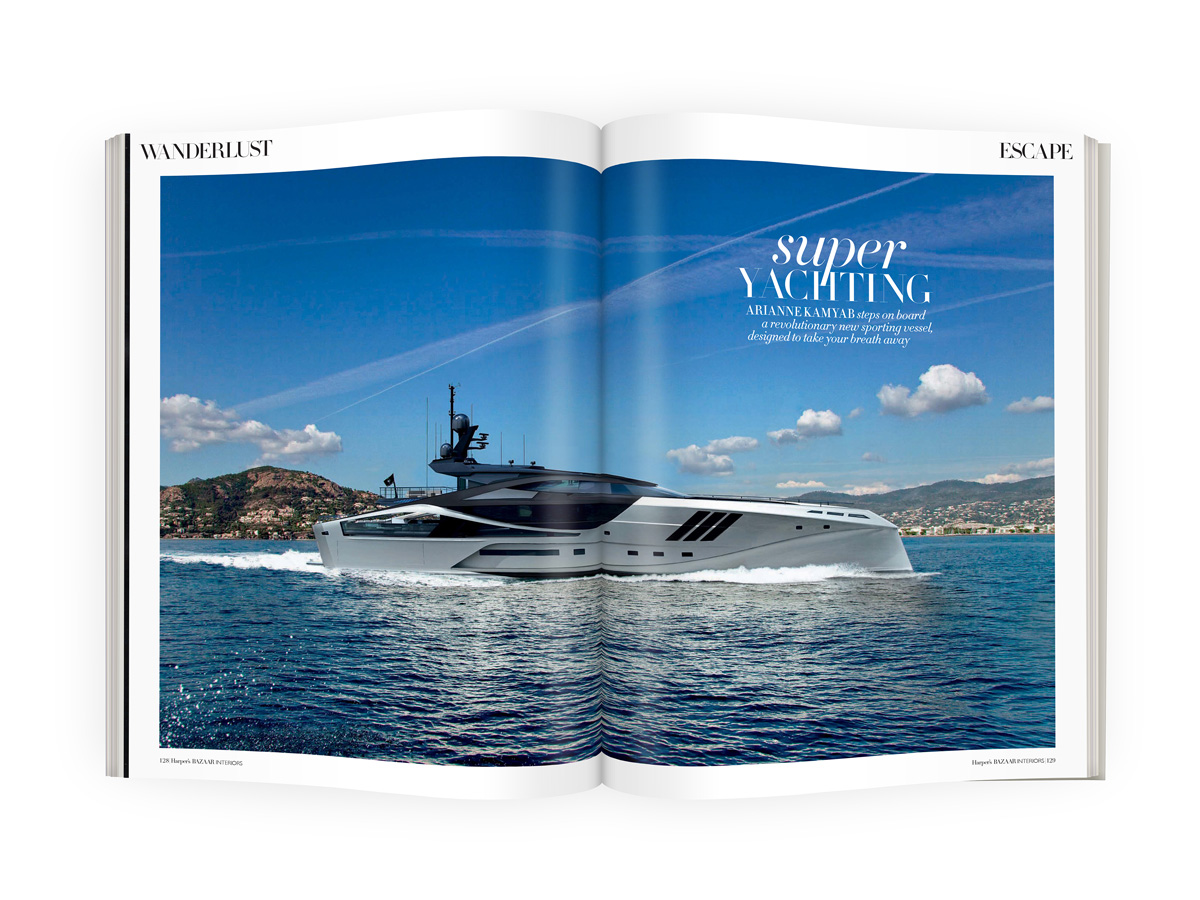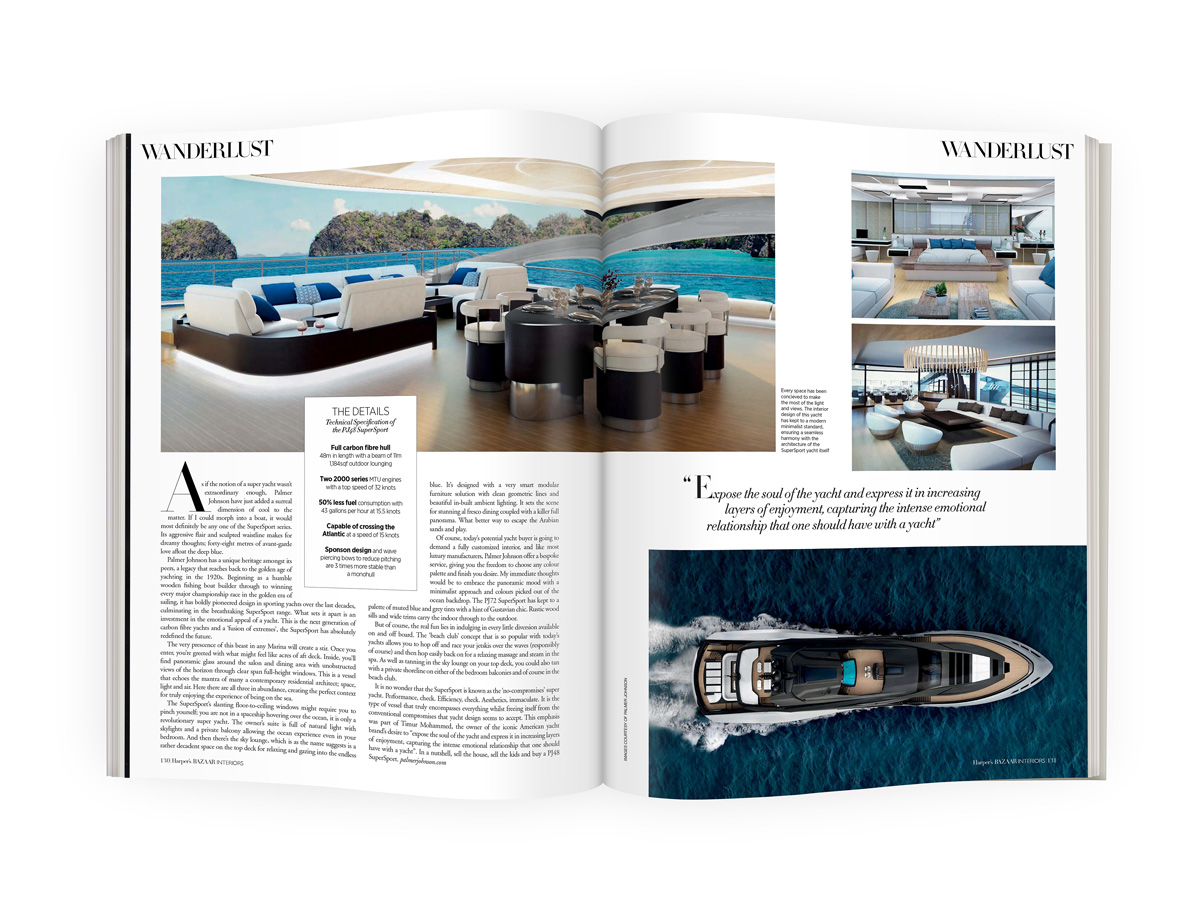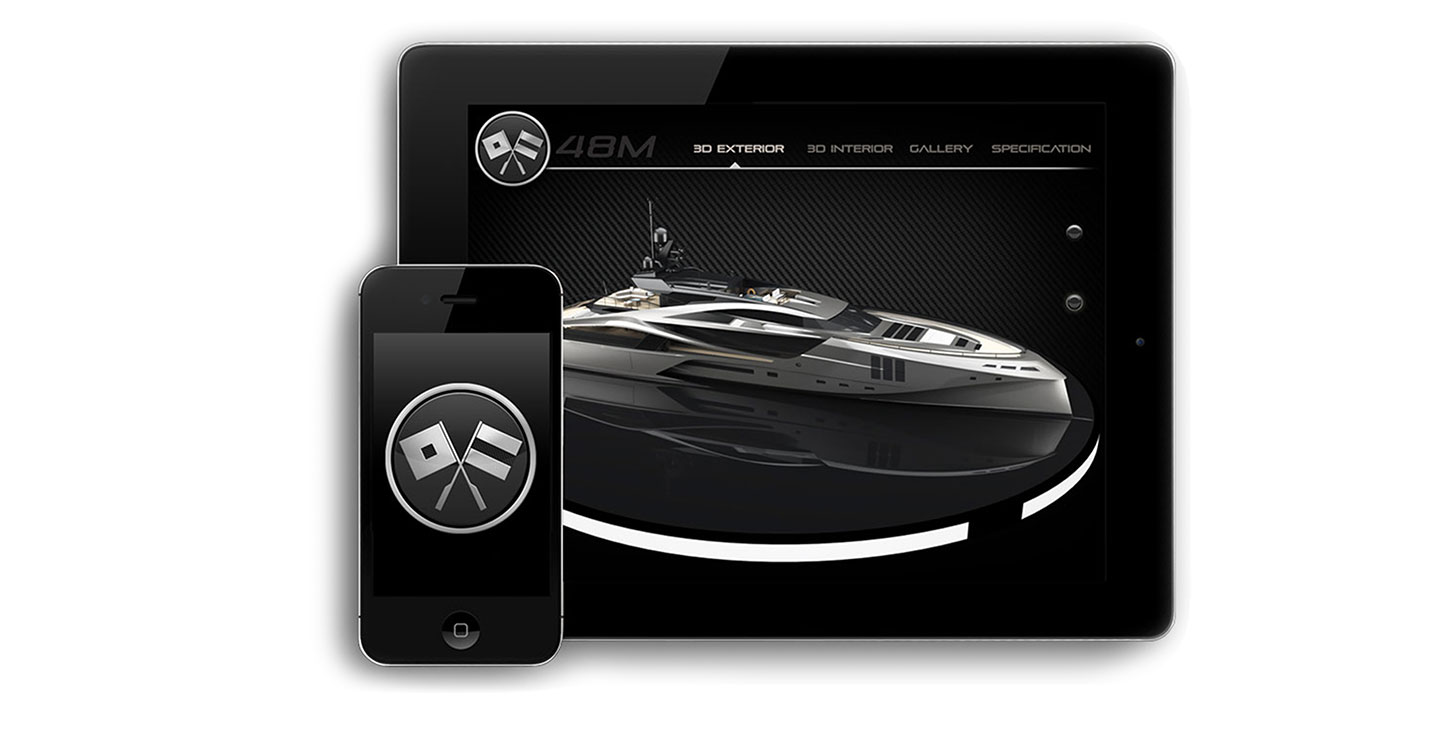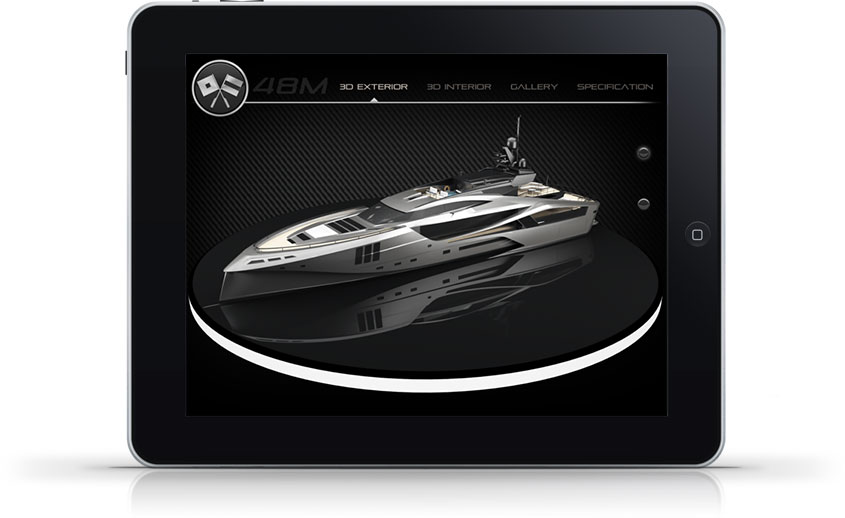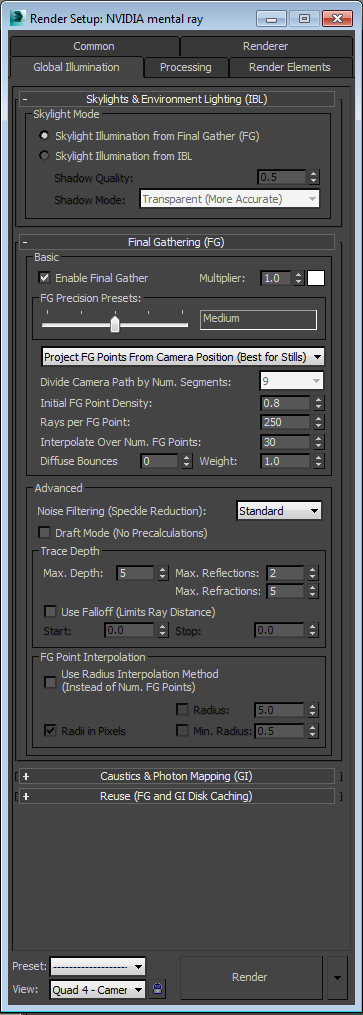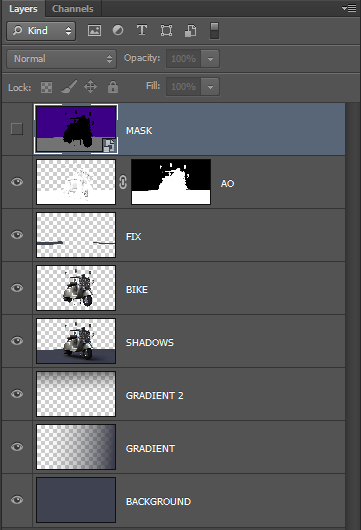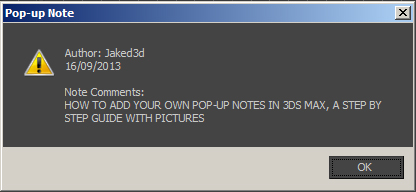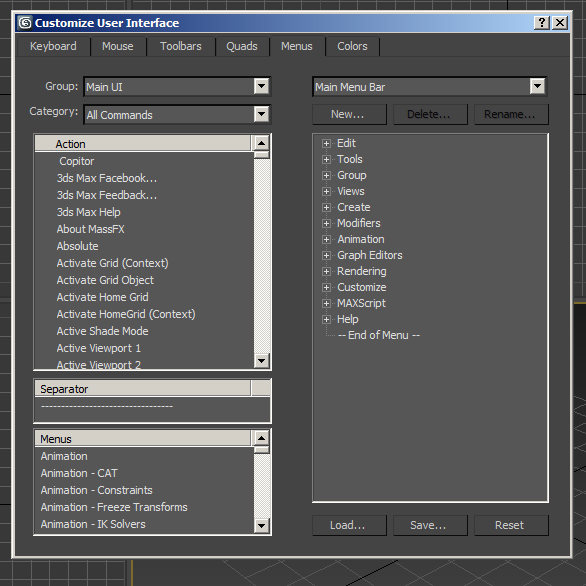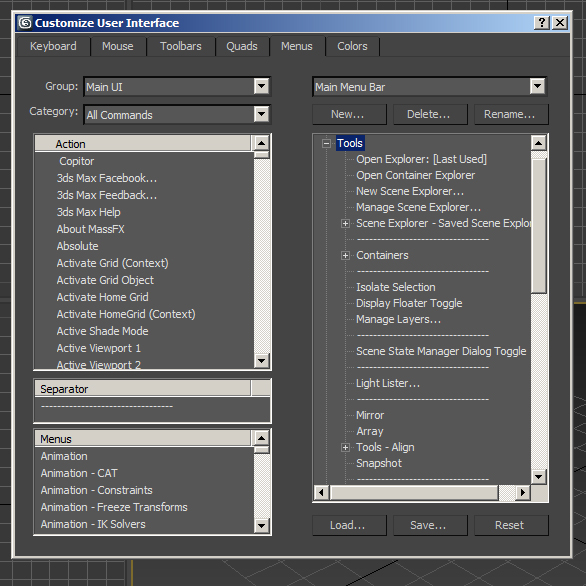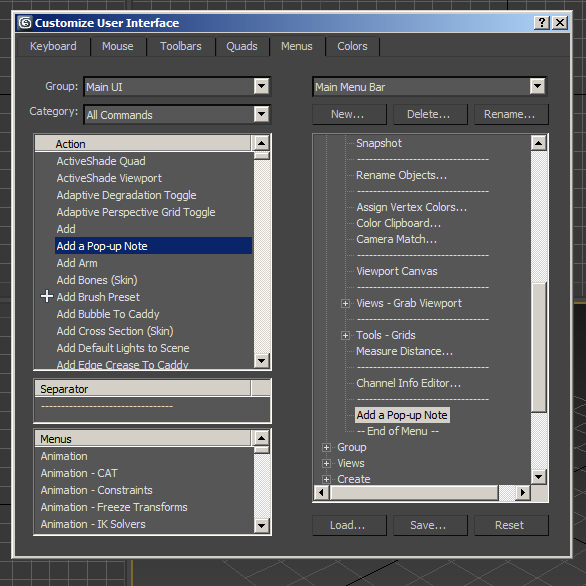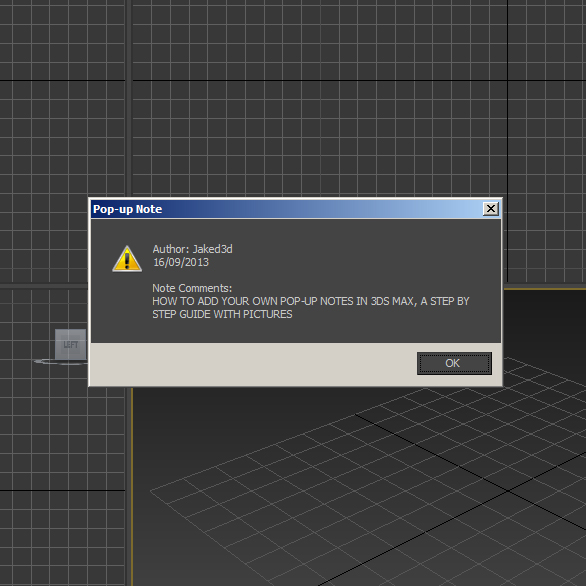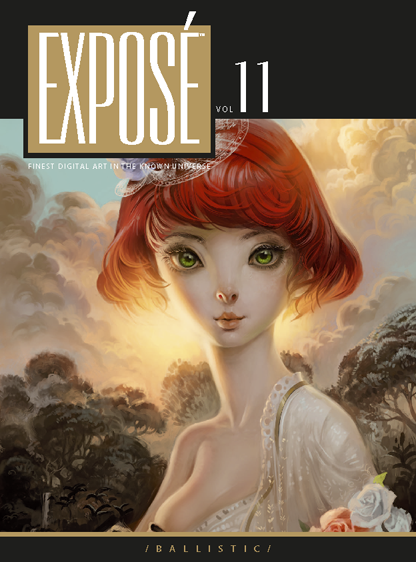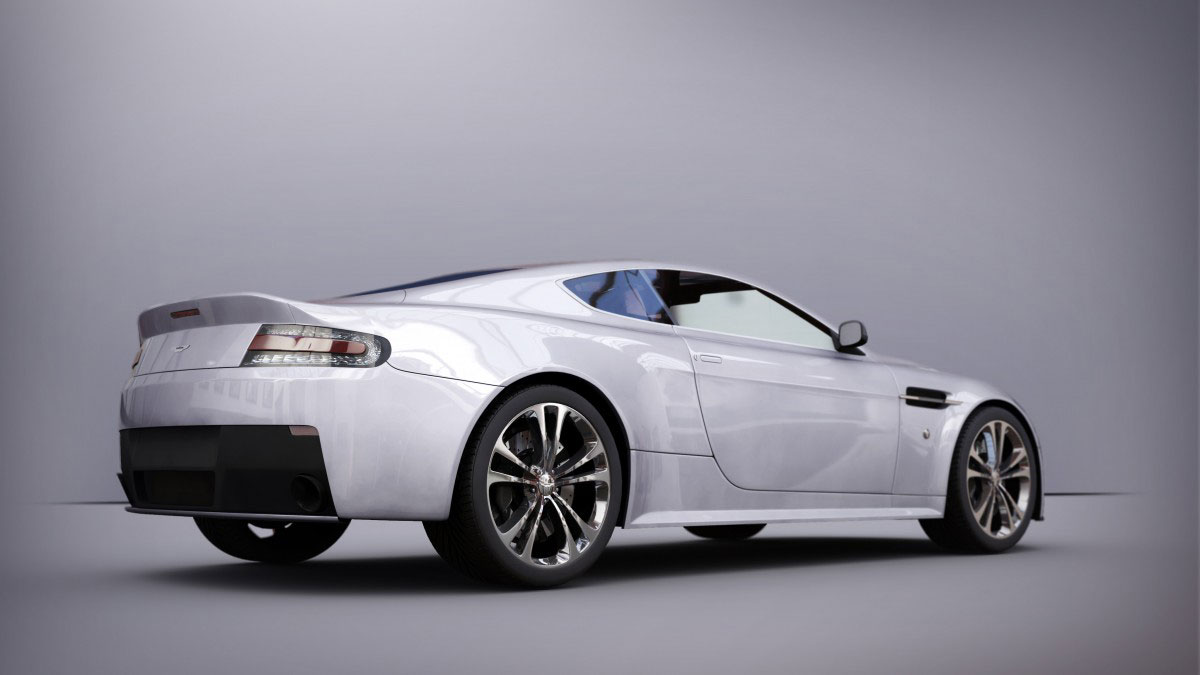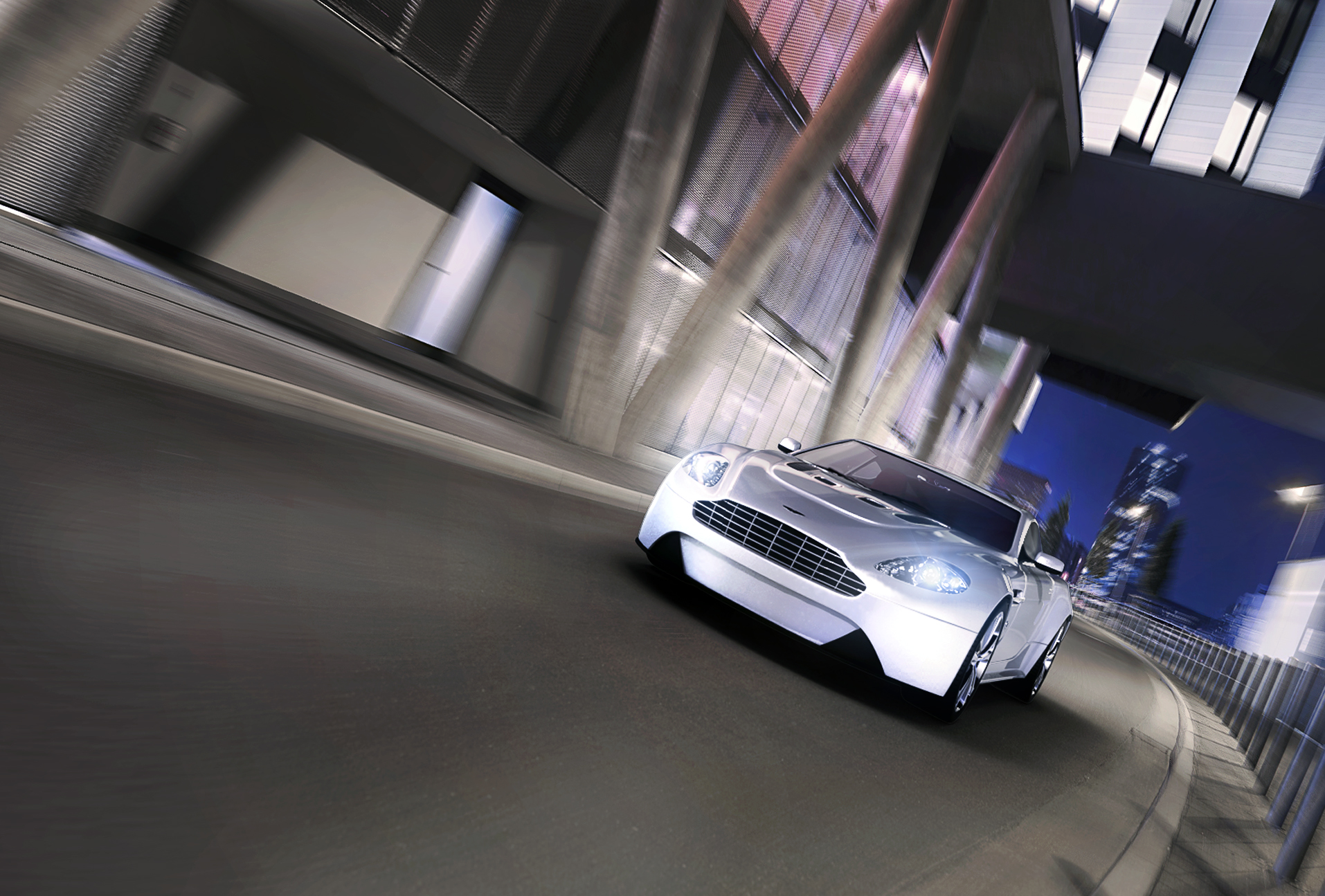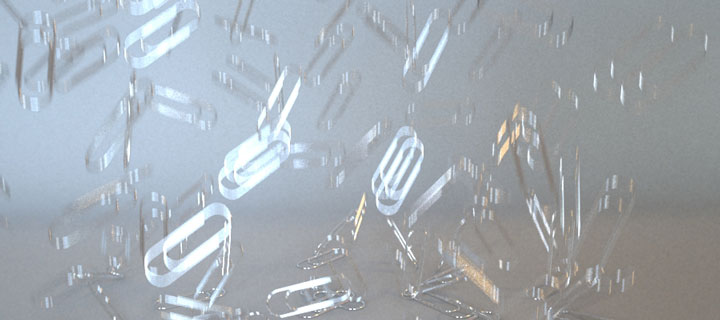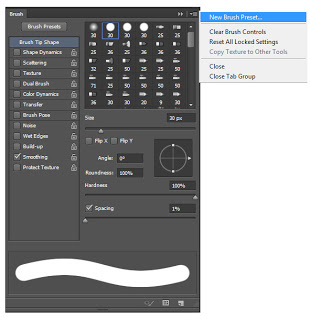With 3D being an ever-changing landscape it can be difficult to know where to start.
I have been working in the industry for 10 years now and during that time I have been lucky enough to claim as friends and mentors some of the most talented 3D artists in the world.
Through this post I wanted to share some of their knowledge and wisdom with you, so if you are starting out in 3D, or simply have an interest in the subject, read on for 20 Top Tips from the cream of the crop.
I asked two questions:
1. What do you wish you knew when you started 3D?
2. What top tip can you share with us?
Here's what they said:
Ismail Rebbane
What do you wish you knew when you started 3D?
One day, not long ago, I decided to start a website to share what I learned. To my surprise, it was me who started learning! The best way to learn is by sharing what you learned. It just forces you to document everything in a simple process, It works like magic, try it.
What top tip can you share with us?
As you already know, CGI, in general, is cool! Just by watching a new show reel that just comes out, or a software update can lead you to change you focus on a new topic! One of the things I regret is that I didn't focus on one area, I was learning VFX, sculpting, scripting, Visualisation etc.. you name it! the result was mediocre work. It's only when I started focusing on one industry that I improved. For me it was 3D Visualisation. You can always learn more topics, but one at a time.
What do you wish you knew when you started 3D?
I didn't really start in 3D. I did it on the side and then that part of my work grew. I find it pretty difficult to find a good piece of advice. For me, being very specialized has worked out great but only with a solid network to collaborate with. I think I wish somebody had told me to put more effort in a good network of friends and businesses while specializing my skillset.
What top tip can you share with us?
The second part is easy, my top tip is to learn programming. Even if it's just a little bit. The stuff you can do with simple one-line scripts in 3ds Max is way more powerful than having a big toolbox of downloaded scripts.
Neil Poppleton
What do you wish you knew when you started 3D?
Its all about enjoying the learning experience and ride.
What top tip can you share with us?
Be good at time management etc, but the best tool i have used almost every week for the past 17 years is PSD manager. A golden tool.
David Houston
What do you wish you knew when you started 3D?
When I started out I wish that Pinterest was available, its such and invaluable resource for collating project information, research and advice from other artists. Being able to share resource globally helps a great deal in planning and developing a project from a lighting and composition perspective.
What top tip can you share with us?
My best tool I use and probably my biggest hack now is a script called find and bind, it aligns any sun to the hot spot of an hdri in an instance. It also allows you to physically rotate the dome light and that automatically shifts the light position in both your dome light map and also your environment map.
Patric Verstraete
What do you wish you knew when you started 3D?
The best way to start in 3D is to get as much software as you can and play around with it, until you find the one which is best for you. I didn’t do that, I started with 3ds max. At that time it was 3ds Max 6 with the disks! So it was really hard to make progress because there weren’t any tutorials, or very few. So I started to learn it by myself.
Then go onto the web and join forums, find tutorials, get in touch with people and share your work and ask for feedback. It is important to get extra comments on mistakes that you don't see, and last but not least, never give up!
What top tip can you share with us?
Some plugins that everyone needs in 3D Visualisation ...
Forest Pack: Forest Pack does away with all the hassle by providing not only the scattering tools, but also large libraries of photorealistic trees and plants.
Rail Clone: Generate complex parametric objects including fences, stairs and floors faster than ever before.
Vray render-engine: I started off visualising using Mental Ray, but once I gave V-Ray a go, I never looked back.
Of course there are many scripts available, but the most important to me are ...
Floor Generator: This plugin will let you create individually boarded floors, perfect for wooden floors.
Image Composition Helper: Automatically visualise the Rule of Thirds inside the 3ds Max Viewport to instantly improve the look of both your 3D static renders and animation.
Relink Bitmaps: Easily relink missing files like bitmaps, VRayMeshes, Mental Ray proxies and VRayHDRI when they change directories or when you move computers.
Dimitar Gongalov
What do you wish you knew when you started 3D?
I would have liked to know - what is the best software to produce the most realistic images. What is the shortest way to super realistic images (is it modelling, texturing or lighting) I found that the order is light setup then texturing and finally modelling.
What top tip can you share with us?
My top scripts I cannot work without are...
VMC Script: I use this every day.
Turbo Reverse: For remodeling some ready made models.
Surprisingly Paul, Training Manager at iToo Software said..
"use RailClone and Forest Pack, it'll make all your dreams come true!"
Matt Guetta
What do you wish you knew when you started 3D?
When I begun I was always doing everything in the renderer. I've never been a 'Photoshop guy' but I really wish I knew how to uses passes, 32b exr etc. to use compositing to improve/edit my images. Would save me tons of render times and probably makes my life easier.
When I begin 3D I was mainly doing stills, now I'm mainly doing movies. From the beginning I've always worked with the idea of doing stills as I'll handle movies (no stamp, only mattes rendered etc.) and I really recommend doing all you can in that spirit.
Using a movie pipeline for stills will really help you to improve your workflow and makes your render better!
What top tip can you share with us?
In the past few months I've switched to ArionFX (Nuke/AE/PS) It lets you do a really nice Tone Mapping in post-production after tons of layers/passes adjustments. I really love this little plugin :)
James Dowling
What do you wish you knew when you started 3D?
Putting useful things in the quads so you have them one click away. Some I have in mine are, insert loop, centre pivot to object. Copy and paste from file.
Change the space bar shortcut from 'selection lock toggle'. When I first started 3D Max I always hit it by accident and spent the following hour trying to work out what had happened.
Double clicking on an edge selects the whole loop.
Right click on any modifier and enabling Off in viewport to make your scene more manageable to navigate.
What top tip can you share with us?
Cleaner script for sorting out ClampTex and deleting Link Composites from imported CAD. ClampTex and Link Composites can kill loading and render times.
Eldridge Felder
What do you wish you knew when you started 3D?
If I go back to starting off in 3D, I would have focused more on learning how to Unwrap. Today I have a much better understanding of it, and actually really enjoy unwrapping. But when I started it was something I found confusing. But now looking back at my beginner models, I could have pushed them a lot further if I had a better understanding of clean unwrapping. I also have a much better understanding of modeling and texturing as well, but I think unwrapping is very important.
What top tip can you share with us?
Depends on what is being created and the end user's experience. For pre-renders I would say V-Ray, Multiscatter, and Grow-FX could be all you need for really nice complex interior or exterior renderings. Phoenix FD by Chaos Group comes in handy as well when Fire or Water effects are needed.
A massive thank you all of the awesome artists that contributed to this article. I would love to hear your answers in the comments below.
Tools Mentioned
Hey, I'm Jake. I am a 3D Visualisation Render Artist and CGI Consultant.
Over the years I have been blessed to have worked on extraordinary projects with dream clients from all around the world. From Super Yachts in Monaco to Private Jets and Luxury Apartments in London.
I now like travelling the world whilst freelancing, writing about 3D, teaching through my video training and giving talks.


























